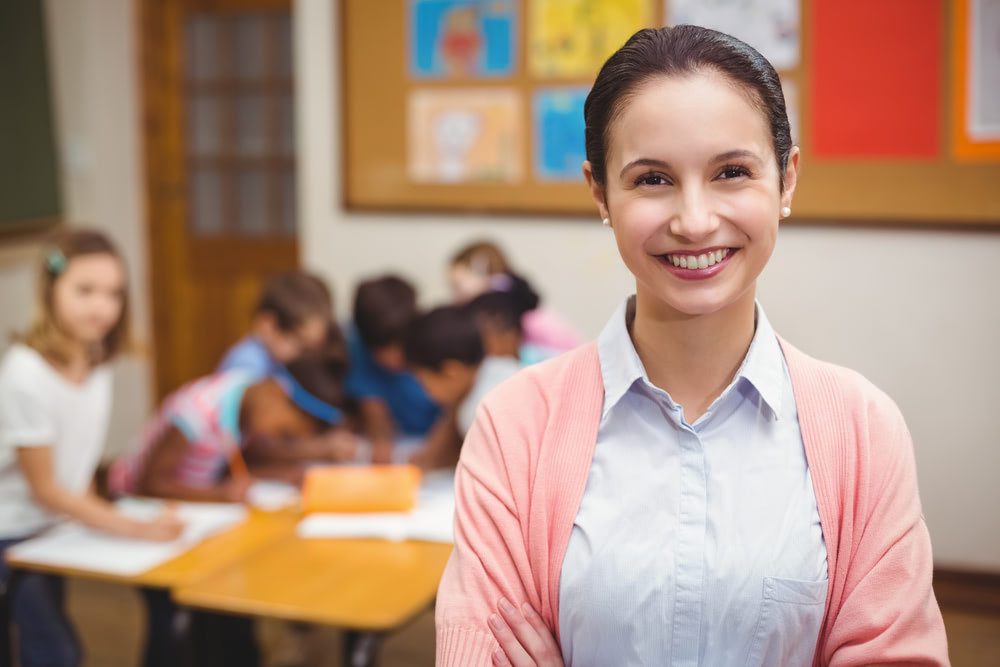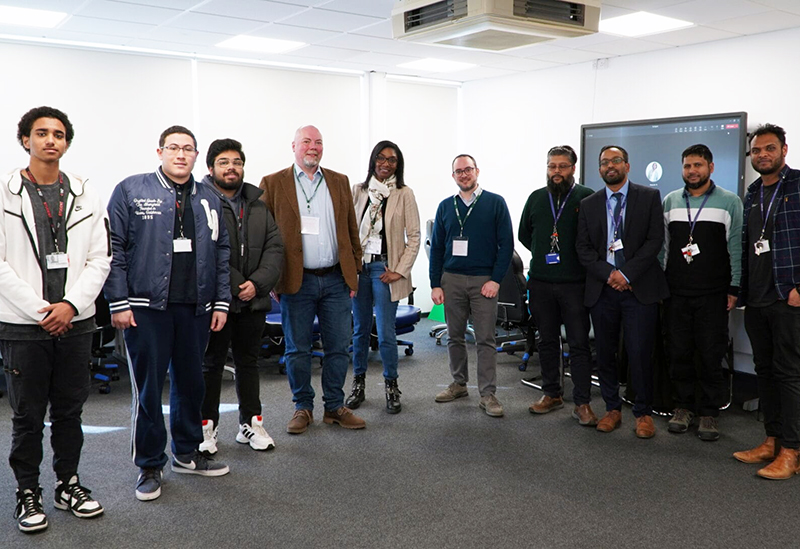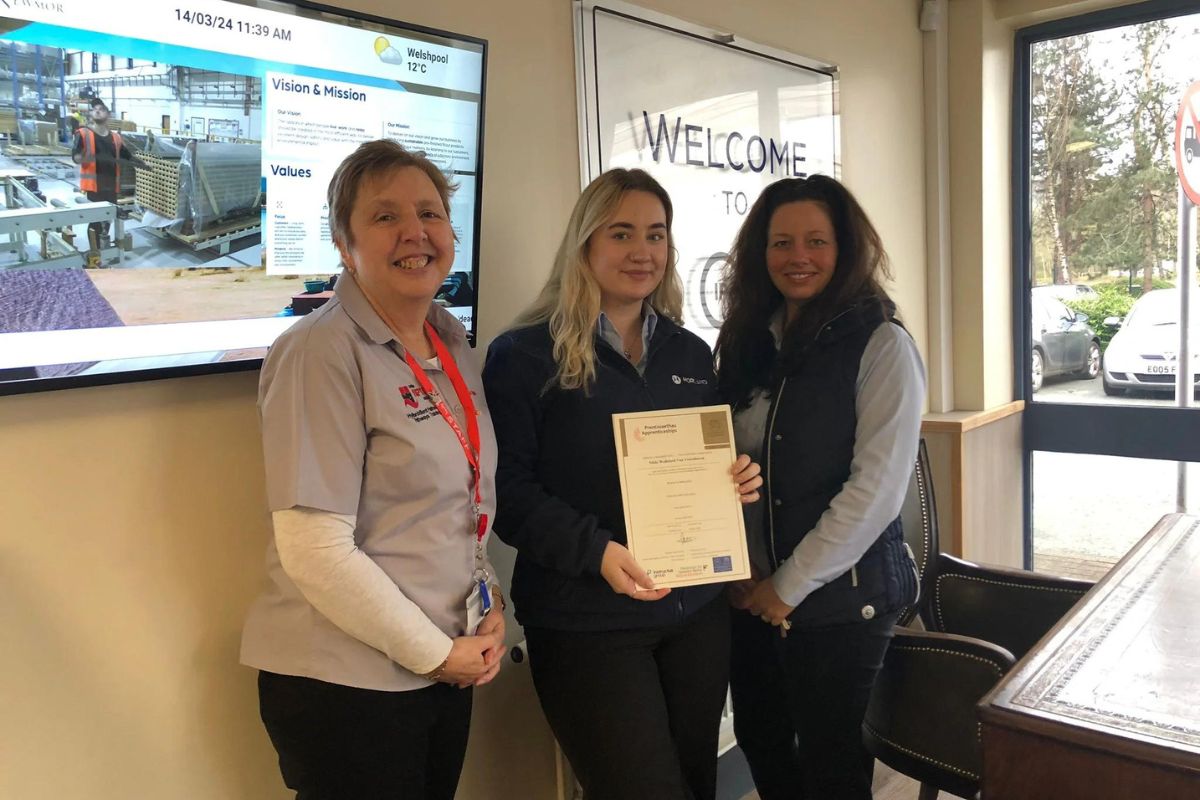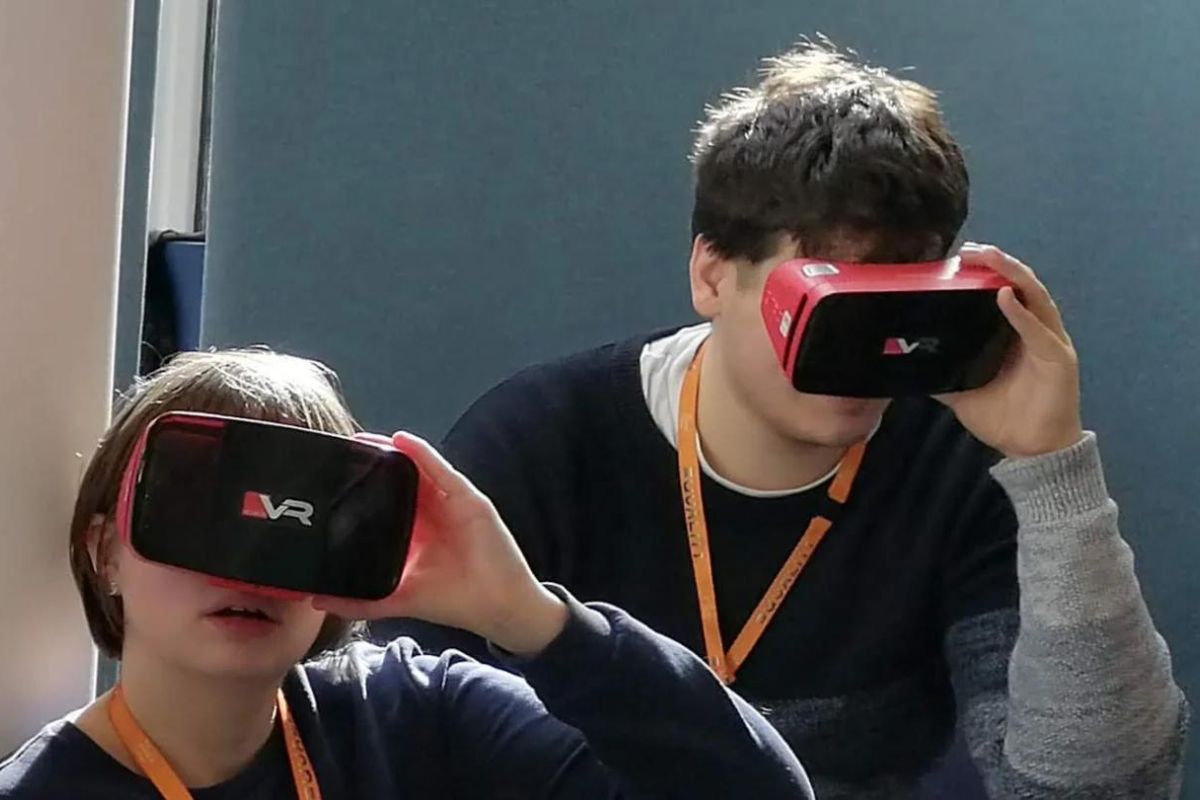Sector Response to the Sutton Trust ‘Learning in Lockdown’ report –

@suttontrust launch ‘Learning in Lockdown’ report: – 40% of middle-class children undertaking over five hours of schoolwork a day, compared to 26% of those in working class households
Report highlights:
Parents on lower incomes more likely than those on higher incomes to be finding second lockdown more difficult than first (28% vs 15%).
Teachers at the least affluent state schools likelier than those in more affluent state schools to report a lower standard of work than expected (55% vs 41%).
The impact of the second period of school closures on the attainment gap between rich and poor pupils is likely to be significant, according to new research from the Sutton Trust that gives the first comprehensive overview of how teachers and parents are responding.
Today’s report follows-on from research published by the Trust in April and includes polling of up to 6,475 teachers by Teacher Tapp. The research finds a big increase in the intensity of online teaching from the beginning of the first lockdown, with almost a quarter (23%) of primary pupils now doing more than five hours of learning a day, up from one in 10 (11%) at the end of March. For secondary students, it has increased from 19% to 45%. However, big socio-economic gaps remain: 40% of children in middle class homes are learning for over 5 hours a day, compared to just 26% of those in working class households.
There have also been changes in how remote teaching is taking place. Over half (54%) of teachers are now using online live lessons, compared to just 4% in March 2020. However, the gap between the independent and state sectors has widened, with 86% of teachers in private schools now using online live lessons, compared to 50% in state schools.
The survey finds that schools are now much better prepared to deliver online teaching and learning, but many pupils still face barriers to accessing it. While 87% of high income households report having sufficient devices for online learning, just 59% of the poorest households say the same. Polling published by the Trust last week found that just 5% of teachers in state schools said that all their pupils had access to a device, compared to 54% in private schools.
These barriers to learning are reflected in the quality of work that teachers are receiving back from their pupils. Over half (55%) of teachers at the least affluent state schools report a lower standard of work than expected, compared to 41% at the most affluent state schools and just under a third (30%) at private schools.
Today’s report also highlights the challenges parents face in supporting their children at home. Polling of 877 parents by YouGov finds that two in five (41%) say that they have not very much time or no time at all to help their children with online learning. Poorer parents are particularly struggling, with 28% of those on low incomes saying they are finding the second period of school closures more difficult, compared to just 15% of those on the highest incomes.
The research also highlights big socio-economic differences in how much money parents have spent on their child’s home learning since September. A significant minority of the highest earners (19%) have spent more than £200, while many of the lowest earners (31%) had not been able to spend anything at all.
The Trust is concerned that the cumulative impact of the new school closures on the attainment gap between poorer students and their classmates – on top of 9 months of disrupted schooling – is likely to be of an unprecedented scale.
According to today’s research, teachers in the poorest schools are twice as likely as those in the most affluent to believe there will be a substantial increase in the learning gap between rich and poor pupils (49% vs 25%).
The Sutton Trust is calling on the government to make sure that schools are resourced to help those who have lost out on learning the most when schools reopen. As part of a package of measures, the Trust is proposing a £750m one-off pupil premium boost that would give schools an additional £400 per eligible pupil to spend as they see fit, including on subsidised tutoring through the National Tutoring Programme.
Sir Peter Lampl, founder and chairman of the Sutton Trust and chairman of the Education Endowment Foundation, said:
“The first period of school closures have had a huge impact on all young people, but particularly those from lower-income backgrounds. The repercussions of these months of lost learning are devastating and will be felt for years to come. It’s imperative that we don’t let this happen again.
“Today’s research shows that schools are now better equipped to deliver online teaching. But significant barriers remain that threaten to widen the gap between rich and poor pupils still further.
“The immediate priority has to be to address the gap in digital provision between rich and poor. The government has made good progress, but they need to do more. There also has to be substantial additional funding for schools when they reopen, focussed on students from low-income backgrounds who have fallen even further behind.”
Sector Response to the Learning in Lockdown’ report
Paul Whiteman, general secretary of school leaders’ union NAHT, said:
“The Coronavirus pandemic has impacted pupils in very different ways, with some much more able to continue their learning than others. It is, of course, the pupils who we were most concerned about before the pandemic who have faced the greatest challenges during lockdown.
“The government could have ameliorated some of this by acting faster to ensure all children have equal access to technology and connectivity in order to continue learning remotely. Almost a full year into this crisis there should be no children left without access to a laptop and the internet.
“However, we should remember that the ‘disadvantage gap’ existed long before the pandemic. Lockdown has brought the gap into focus, and may well have widened it for some young people, but it did not create it. And unfortunately we can’t assume that a return to ‘normal’ will cause the gap to close. The fundamental issues creating disadvantage must be addressed by government once we emerge from this if we are to make a real difference in the future.
“Schools were already struggling to provide everything children need before this crisis, damaged as they and other social services have been by a decade of austerity. If schools are to play their part in healing the scars left by covid-19, be that educational, developmental or emotional, they and other key support services must be given the additional support, funding and resources they need to do so.”
Commenting on Learning in Lockdown, a report from the Sutton Trust, Dr Mary Bousted, Joint General Secretary of the National Education Union, said:
“We agree with the Sutton Trust that disadvantaged pupils are going to require significant extra investment because of deepening levels of deprivation. It’s really important that schools are given flexibility about how they target it, based on their context. This report highlights the difficulty for families on lower incomes in spending on their children’s learning. These figures hammer home how much easier it is to provide learning opportunities in families on higher incomes.
“Education staff are showing real creativity and a real determination to make remote learning as effective as possible, and to provide as much individual support as is possible with the staff available. Staff are thinking practically about what materials students have at home.
“This study shows teachers are citing a faster roll-out of laptops as the single most helpful intervention for disadvantaged students, and teachers have been saying this since the summer. There is no excuse for why the Government roll-out has been so slow and inefficient.
“It is clear however that the existing divide in terms of food, laptops, home environment and job security is getting worse because of the virus and the Government response needs to be radical and long term. We need a strategy to end child poverty in the UK.
“Parents with lower incomes will not be able to spend additional money on small but essential items such as pens and paper to work from home. Many school budgets already stretched to breaking point will also find replicating the access to resources found in the classroom a significant problem.
“The NEU agrees that schools and colleges need investment on a scale that could ensure no child is left behind after the pandemic.”
A Department for Education spokesperson said:
“We are aware of the additional challenges faced by disadvantaged children during this crisis, which is why we are providing 1.3 million laptops and tablets for those who need them most, with over more than 800,000 of these delivered already, alongside access to free mobile data for disadvantaged families.
“It is encouraging to see the substantial increase in teachers providing online live lessons for pupils during this lockdown.”
“Further information
- Nearly 240,000 devices have been issued since schools closed to most pupils this month.
- We will continue to provide extensive support to schools to strengthen their remote education offering, including good practice guidance and webinars.
- Data on the latest delivery numbers is available on gov.uk: Laptops and tablets data, Week 3 2021 – Explore education statistics – GOV.UK (explore-education-statistics.service.gov.uk)
- We have also partnered with the UK’s leading mobile network operators to provide free data to disadvantaged families which will support access to education resources.
- The country’s major telecommunications providers are also working to make it easier for families to access selected educational resources by temporarily exempting them from data charges.
- Where pupils continue to experience barriers to digital remote education, we expect schools to work to overcome these barriers. This could include distributing school-owned laptops and providing printed resources, such as textbooks and workbooks, to structure learning, supplemented with other forms of communication to keep pupils on track or answer questions about work.
- With most pupils now having to learn remotely and schools having made huge progress in developing their remote education provision, it is right that we increase the expectations on what pupils receive. We have updated the remote education guidance for schools and colleges to clarify and strengthen expectations while on-site attendance is restricted.
- Schools are expected to offer pupils online lessons and a set number of hours of remote education for pupils – increased from the government’s previous minimum expectations – that includes time for independent study and also either recorded or live direct teaching. As a minimum, schools are expected to provide: 3 hours a day for KS1, on average across the cohort with less for younger children; 4 hours a day for KS2; 5 hours a day for KS3 and KS4. Schools are also expected to have a system in place for checking on a daily basis whether pupils are engaging actively with their work and learning.
- A comprehensive package of support continues to be available to schools to help them meet these expectations which can be accessed via the Get Help with Remote Education page on gov.uk.
“Further information – funding
- Our £1 billion Covid catch up package is helping tackle the impact of lost teaching time as a result of the pandemic, including a £650 million catch up premium for this academic year to help schools support all pupils and a £350 million National Tutoring Programme for disadvantaged students.
- The National Tutoring Programme continues to offer high-quality tuition to the students that need it most throughout this academic year and the next.
- The majority of organisations that are providing tutoring on behalf of the programme are already offering online lessons so catch up can continue while students are at home. The EEF is working to support as many as possible of the remaining organisations to do the same
- We continue to keep plans for the return to school under review and will inform schools, parents and pupils of the plans ahead of February half term.”












Responses